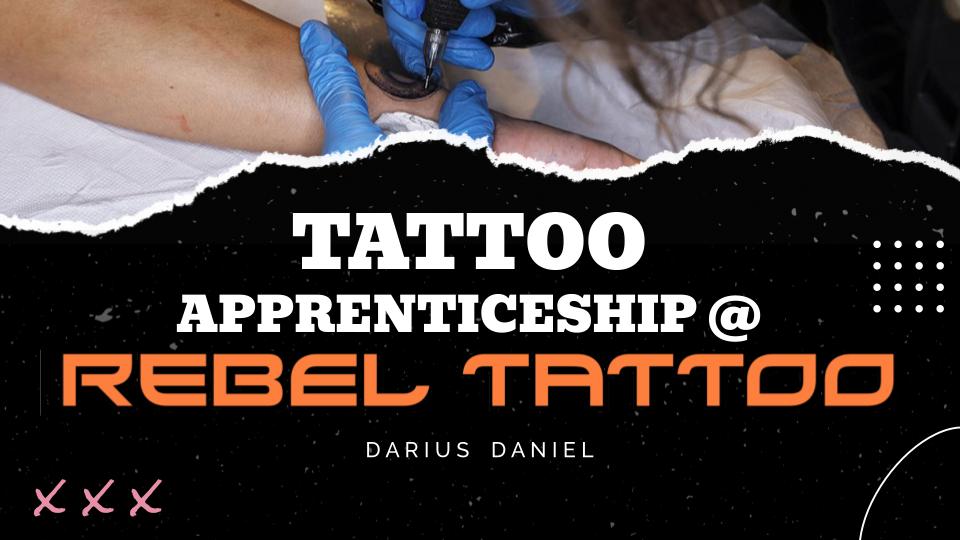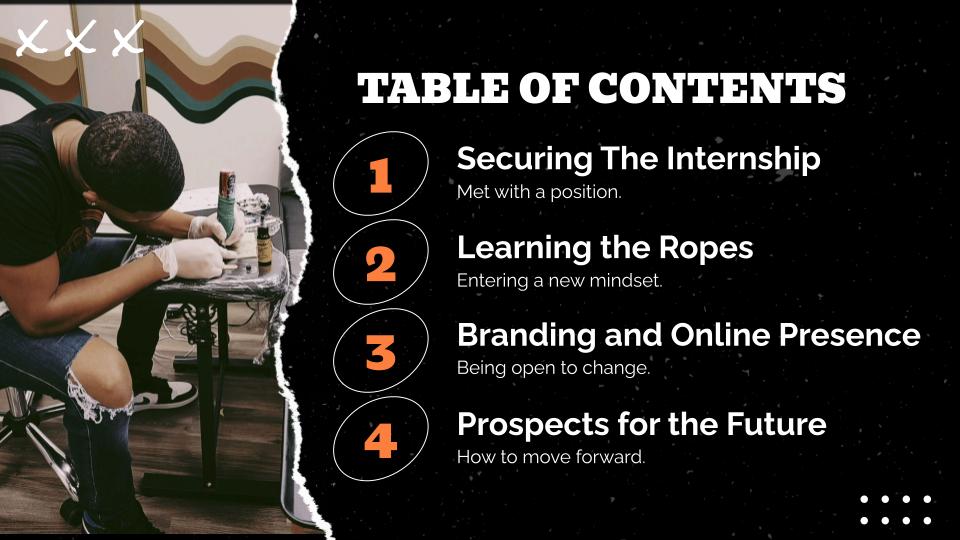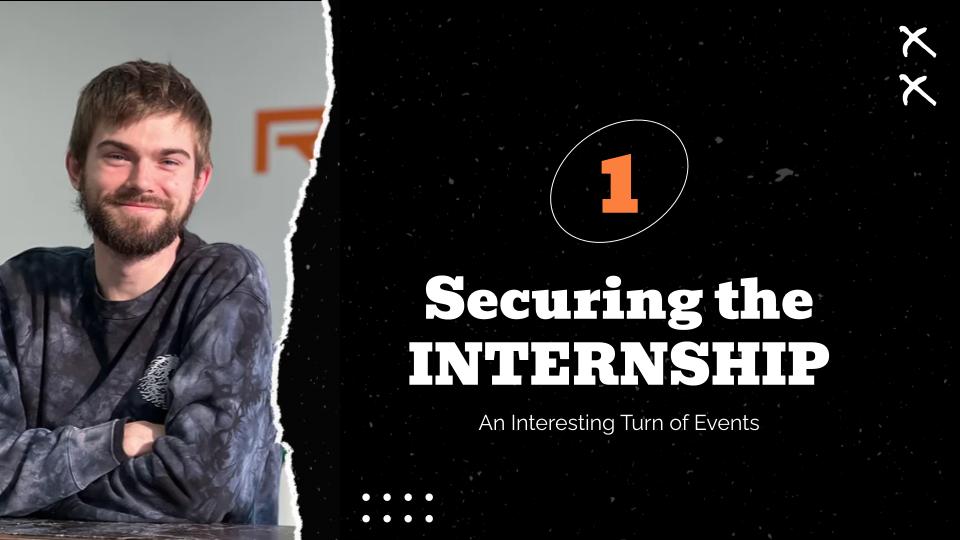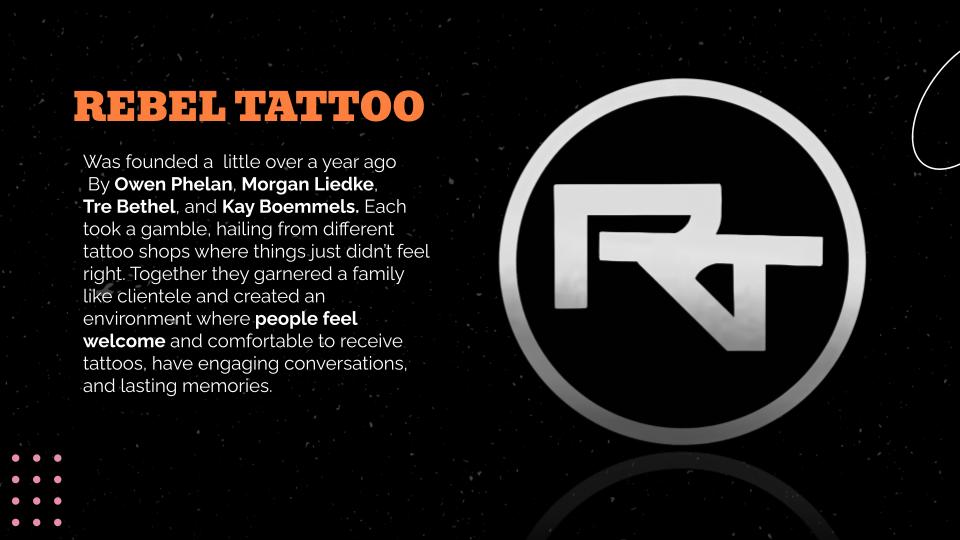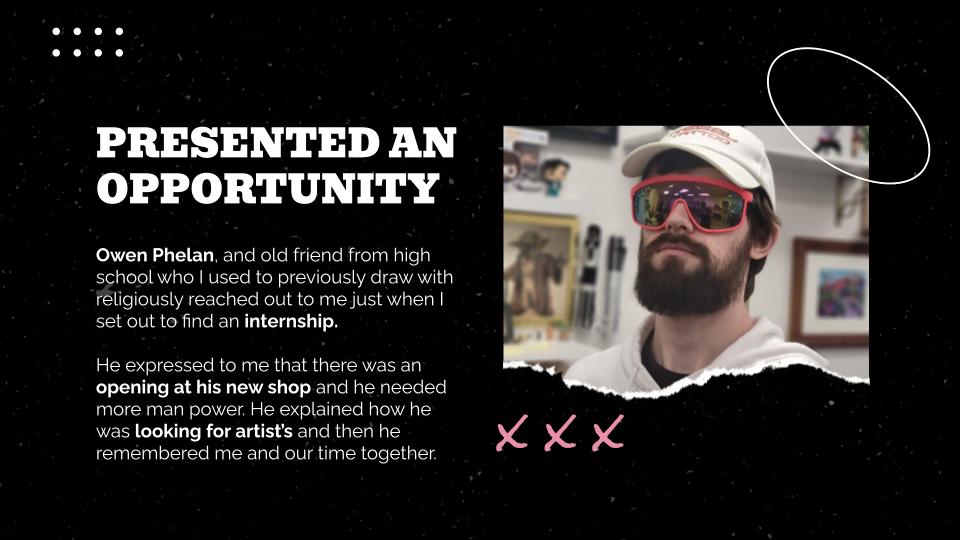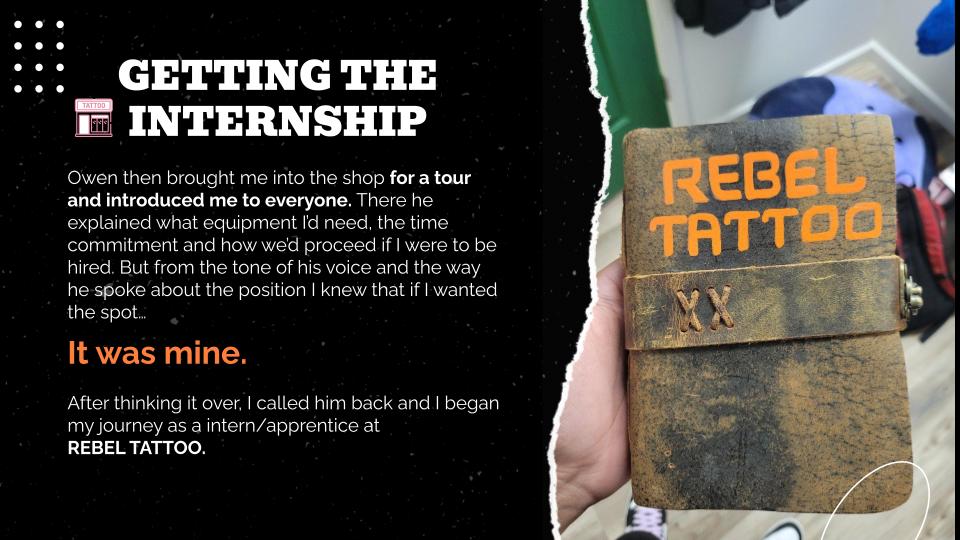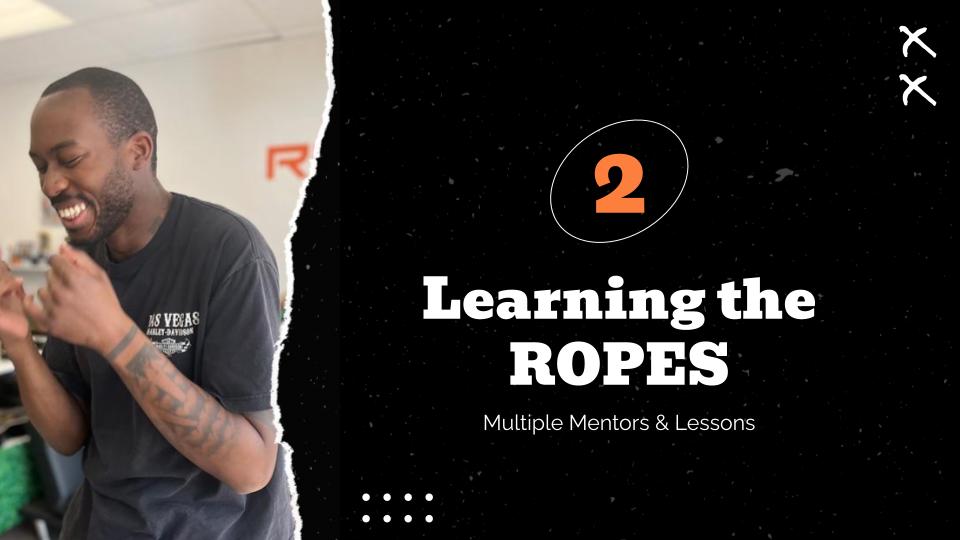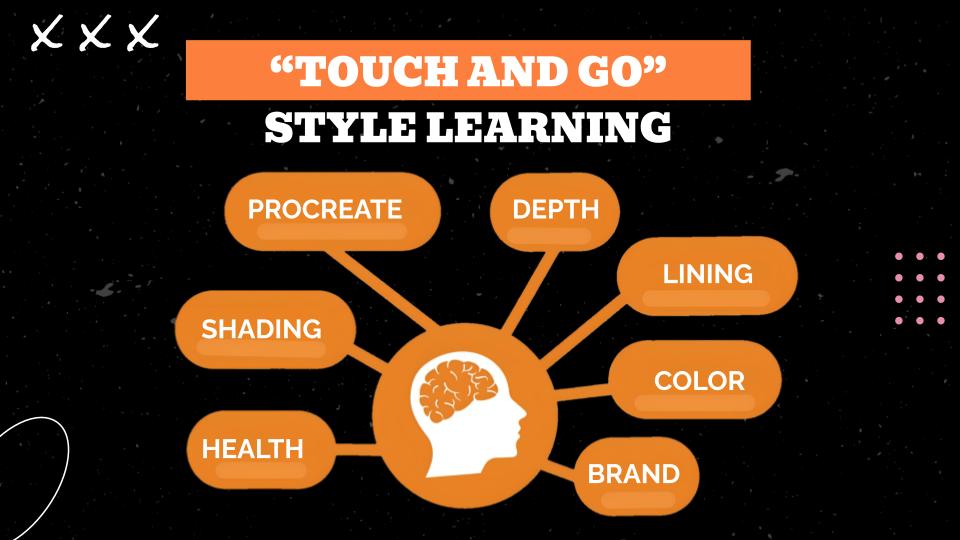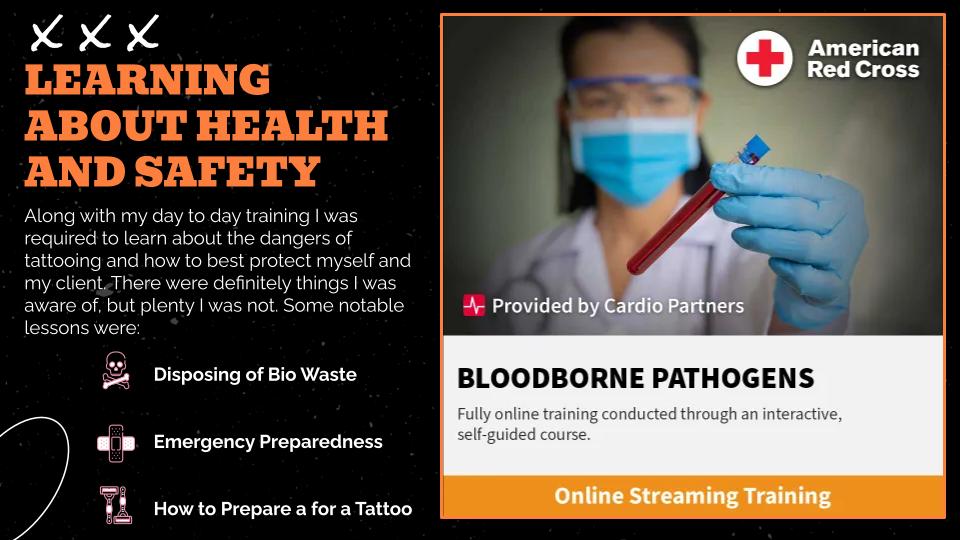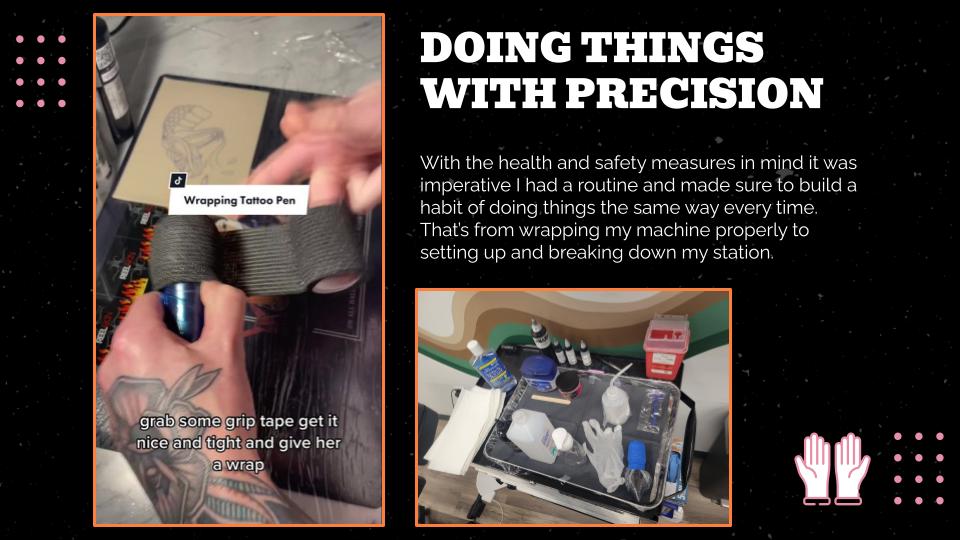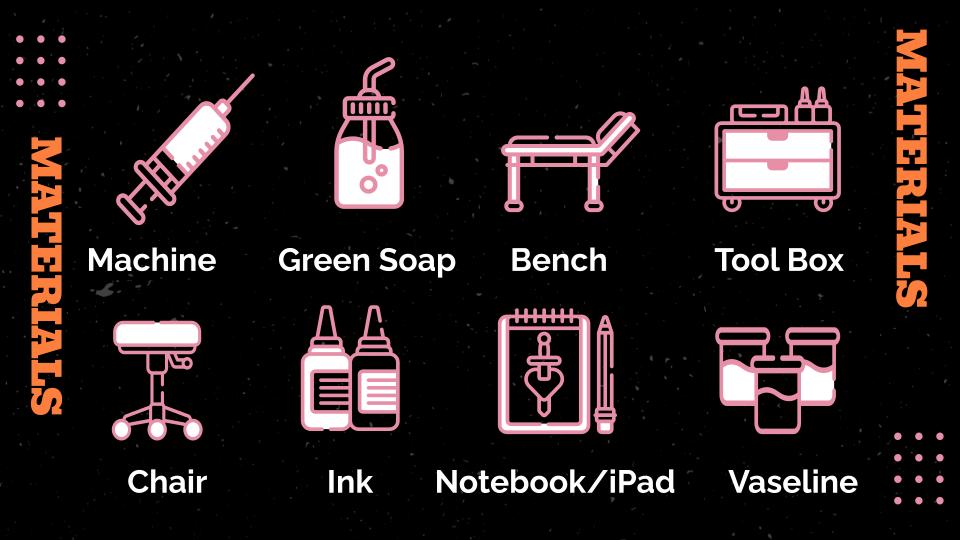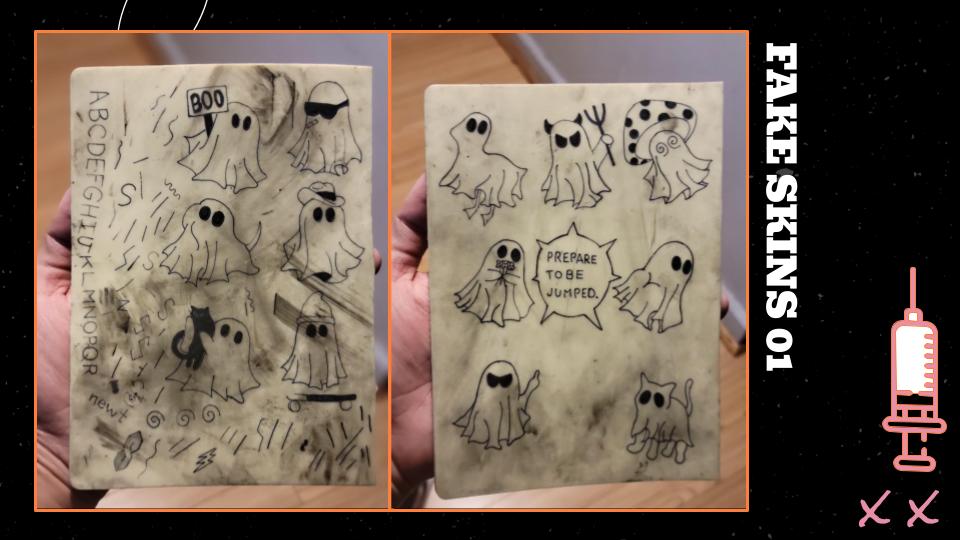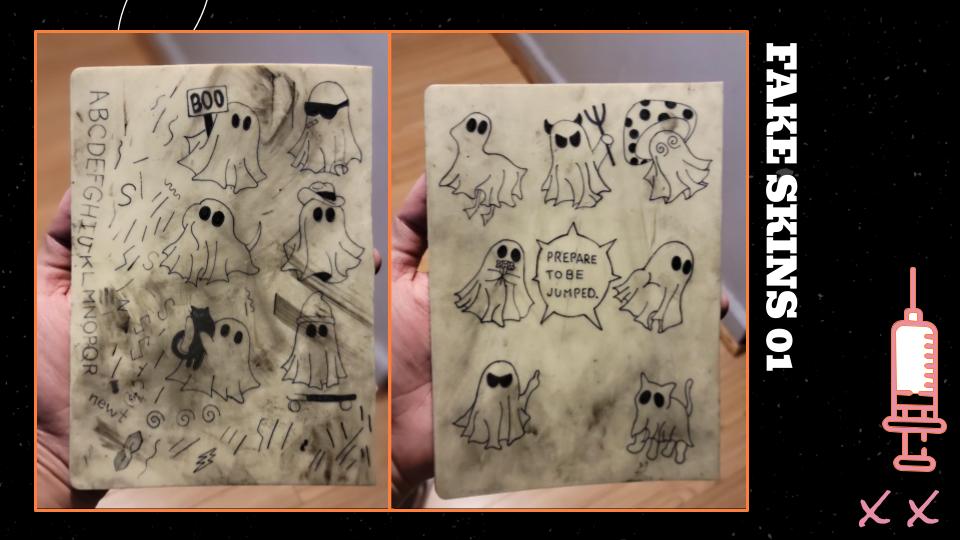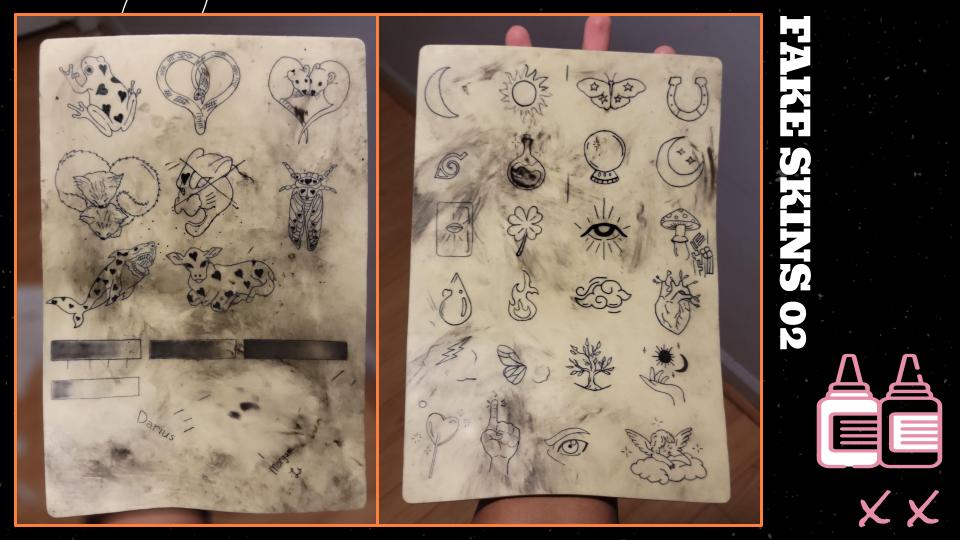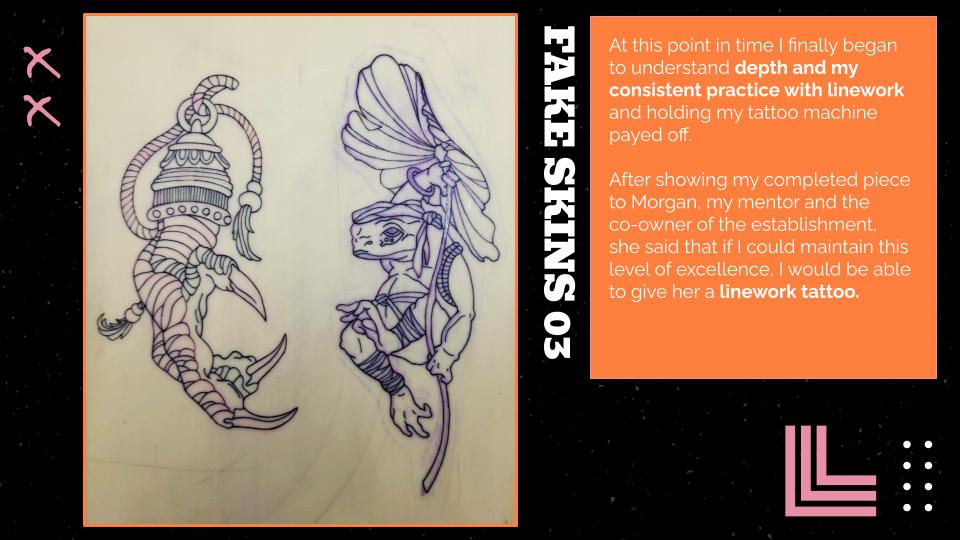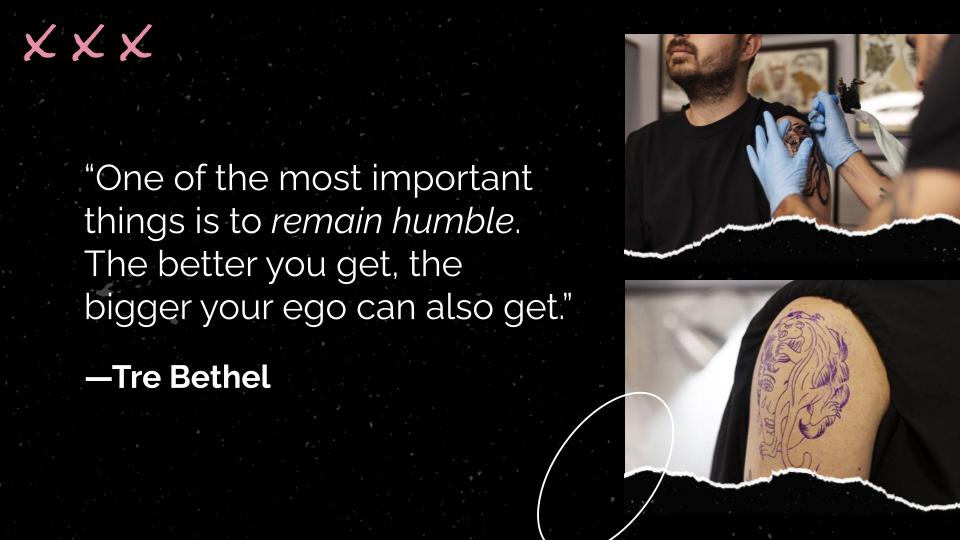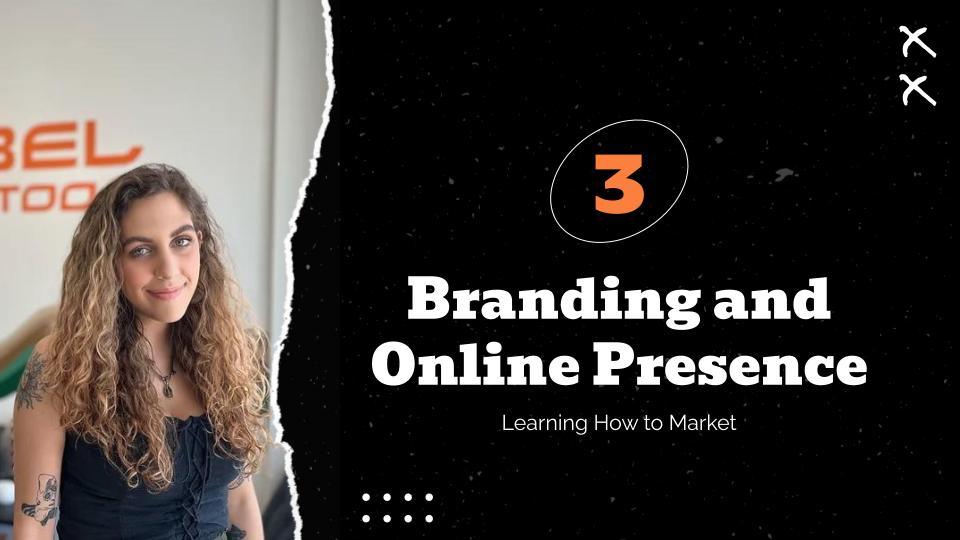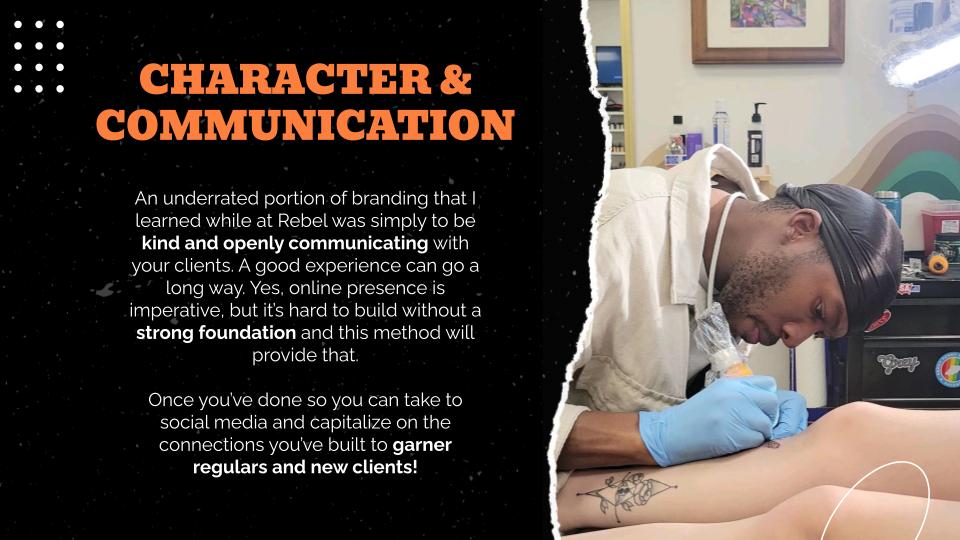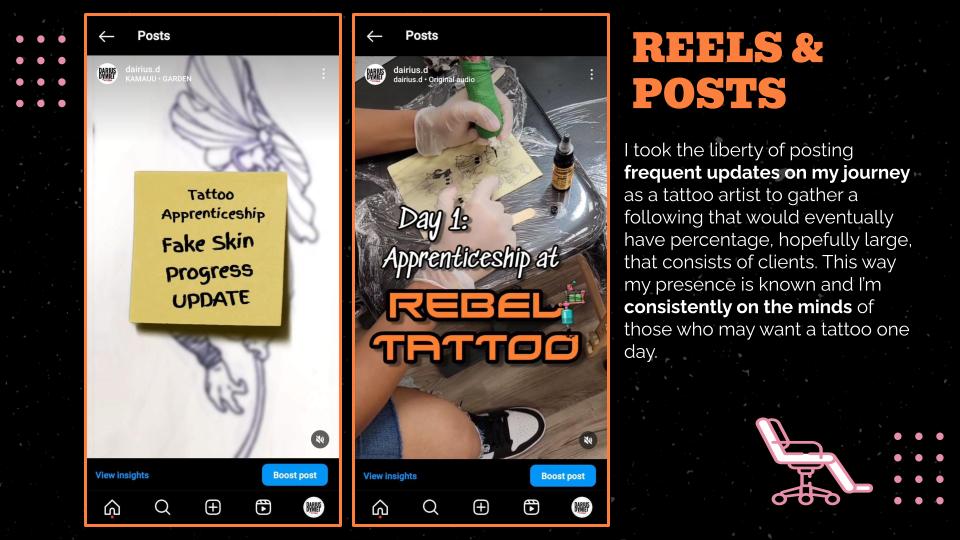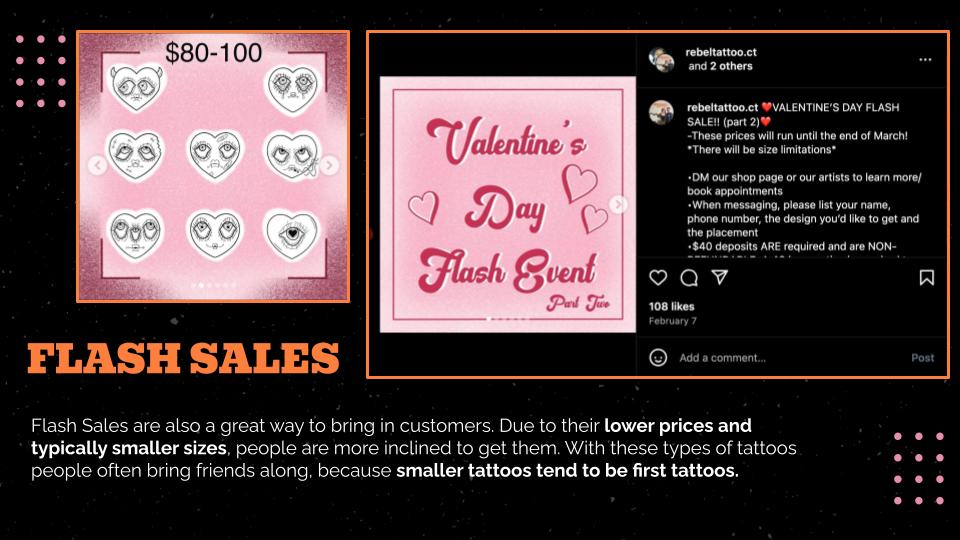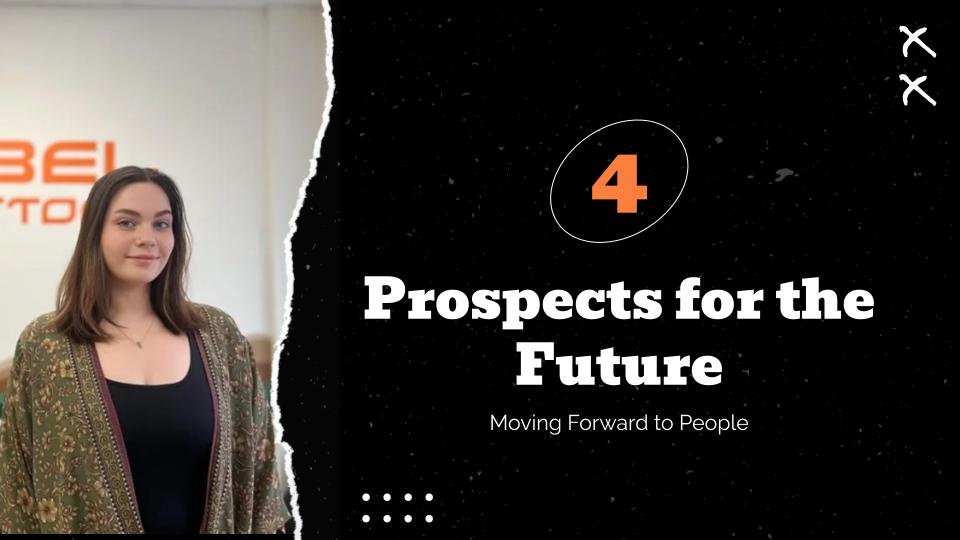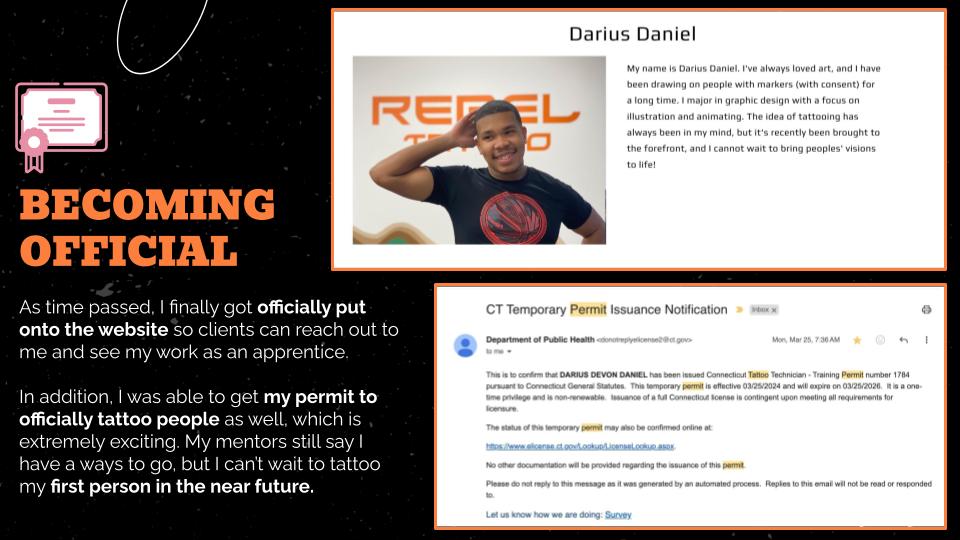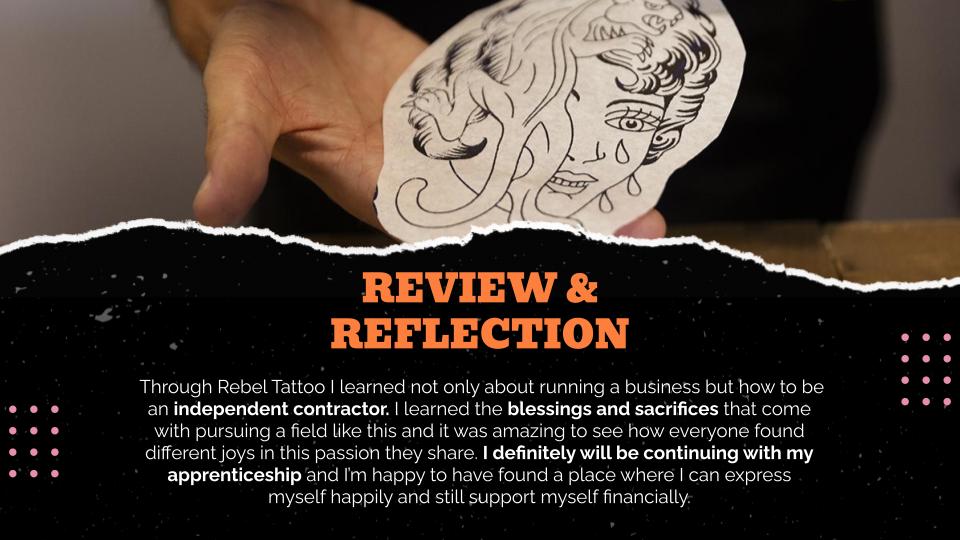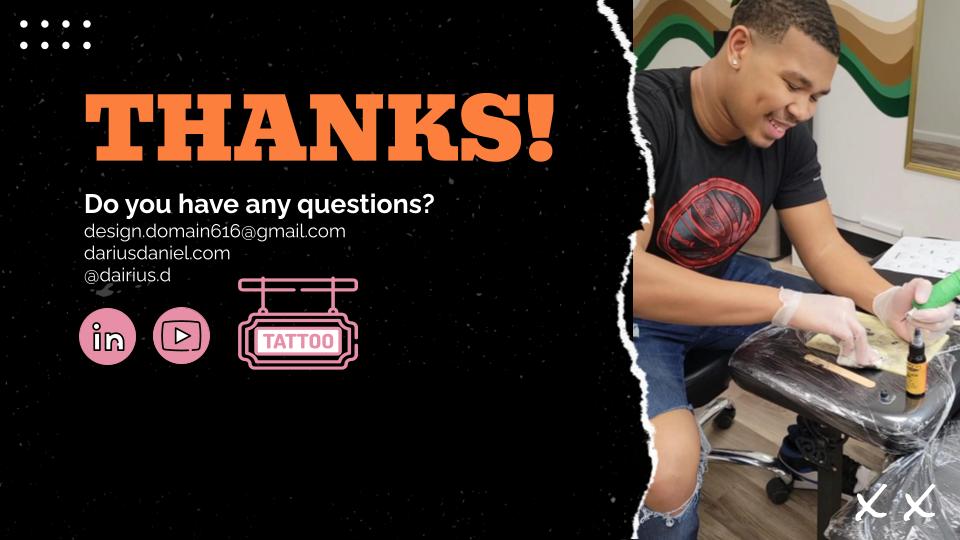Poster House: Exhibit Review
The exhibit I visited was the Wonder City of the World: New York City Travel Posters. David Klein’s two posters featured in the Poster House Museum really caught my eye. Their vibrancy and color made me realize that New York isn’t just the desaturated, grey-toned place of randomness we often think it is. There are a lot of memories to be made, and there are so many beautiful and colorful spots within the state that we sometimes forget about simply because we’ve lived here so long. Frederick E. Conway’s piece does the same for me as well, bringing out what the city is known for: its vibrant lights, its never-sleep attitude, and the possibilities it has to offer. All three of these pieces gave me a unified, different perspective, and I’m glad to have stumbled across them.
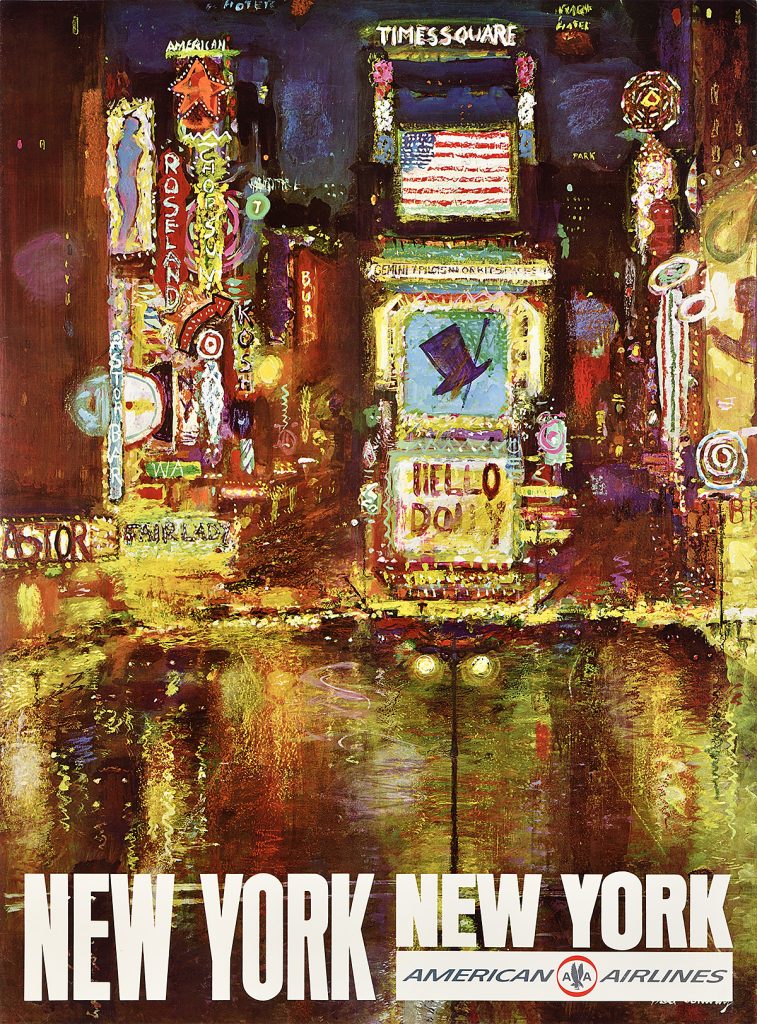
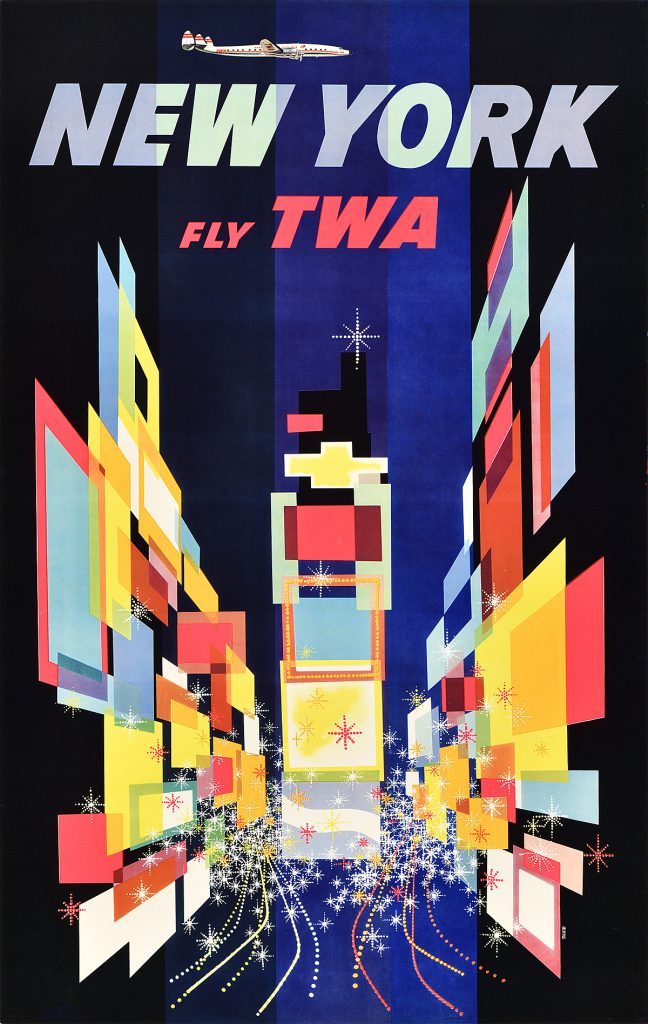
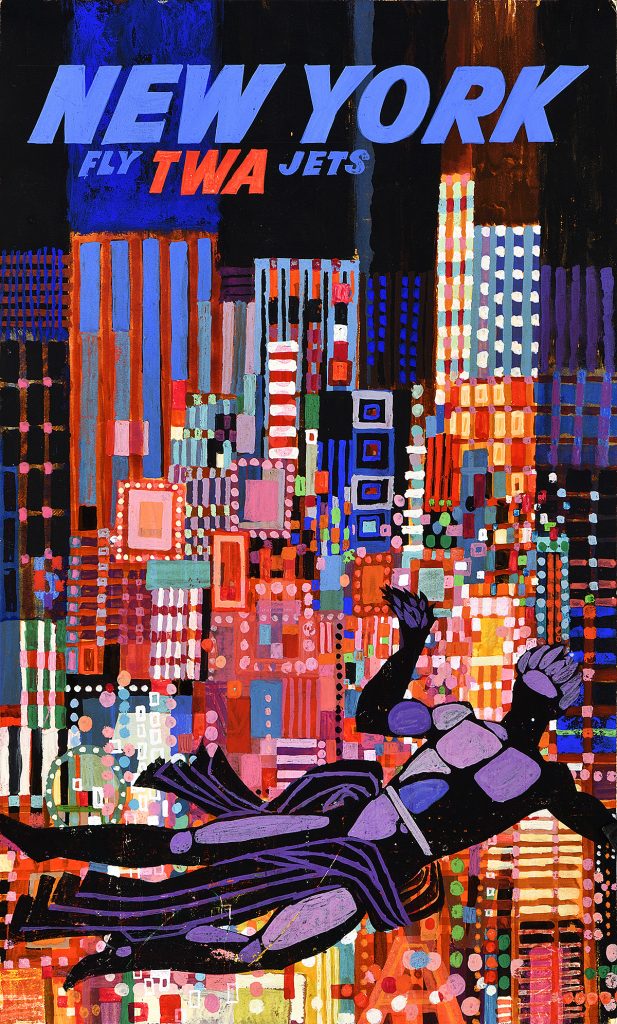
Webinar Analysis
Main Takeaway:
Creating effective and inclusive visual storytelling in data presentation involves thoughtful narrative construction, accessibility considerations, and a willingness to experiment with creative approaches that go beyond traditional infographics.
Key Takeaways:
Narrative Construction:
Gradually build the story to guide the audience towards the conclusion.
Use sequencing to break down complex information into digestible pieces.
Avoid overwhelming the audience with too much data at once.
Journalistic Approach:
Prioritize facts and clarity in storytelling.
Balance between telling a comprehensive story and not overloading with data.
Use narrative techniques common in journalism to make data engaging.
Critique of Traditional Infographics:
Infographics can sometimes overwhelm with too much information.
They may lack a clear beginning and end, leaving viewers unsure about the main takeaway.
Focus on guiding the viewer through the data step-by-step for better comprehension.
Creative Visualization Techniques:
Use animation or sequential visuals to present information gradually.
Experiment with non-traditional formats like games or quizzes to engage the audience.
Employ tactile or playful elements to make complex data relatable and memorable.
Accessibility and Inclusivity:
Ensure visual and textual elements are accessible to diverse audiences, including those with disabilities.
Use tools like Color Oracle to check for colorblind accessibility.
Be mindful of inclusive language and avoid overly technical jargon that might alienate some audiences.
Testing and Iteration:
Test your visualizations with a diverse audience to ensure clarity and impact.
Be open to feedback and willing to revise based on user responses.
Understand that initial assumptions may need adjustment based on data interpretation.
Engagement Through Personalization:
Allow the audience to see themselves in the data, making it more relatable and impactful.
Use personalized storytelling techniques to connect with the audience on a personal level.
Adapting for Different Contexts:
Tailor visual storytelling techniques for different audiences and contexts, including business and professional settings.
Even in professional environments, creative and playful elements can be effective if done thoughtfully.
Iterative Process:
Data visualization is an iterative process that involves continuous testing and refinement.
Be prepared for unexpected results and adapt your story accordingly.
Dealing with Sensitive Data:
Handle sensitive subjects with care, ensuring the visual representation respects the seriousness of the topic.
Use visuals that are both engaging and respectful, avoiding stereotypes and harmful representations.
Creative App Test: “Polish” & “Inshot”
For my creative app tests I decided to use two photo/video editing applications. Polish is a phot editing app with multiple filters, masking capabilities, and double exposure features. It also has an Ai enhancing feature as well which came in handy. It helped me to increase the contrast on a scan of a tattoo sketch that I did, and edit a tattoo I was working on for myself . As for Inshot I was able to photo edit a wallpaper for the google form we’ve been working on for the shop to troubleshoot the application process for clients. And in addition to that I was able to create a moving logo for new updated Instagram now that I’m a tattoo artist. Both of these apps proved to be extremely useful. So much so that I’m not sure if I’d want them to get TOO popular. All in all, they both provided good user experience and I’ll definitely be putting them to use again.


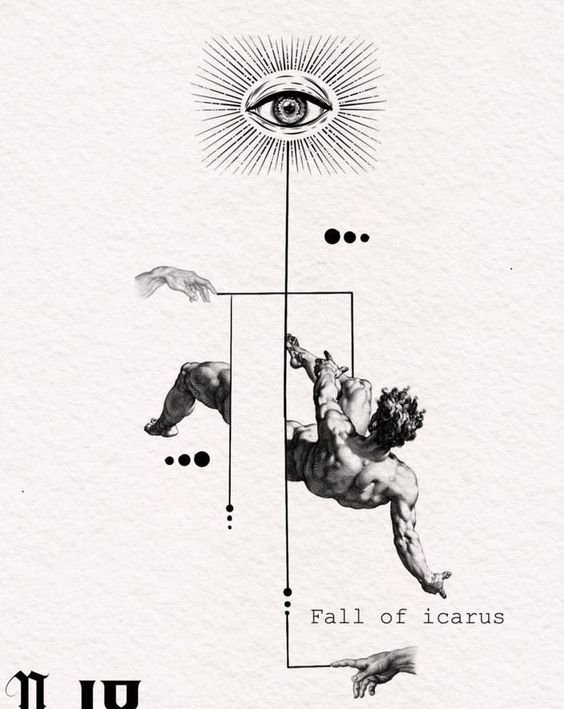


Poetry Slam Networking Event
A few COMD students and I decided to attend a poetry slam event to perform work we’ve been putting time into and gaining insight into other artist’s work and niche’s. While there, I met an entrepreneur named Vega who ran his own fitness program. He was also a poet and a writer. After performing myself and watching my other fellow COMD friends do the same we all took time to connect and give feedback on the work we saw. When I went home after the project I took a gander at Vega’s brand and I saw an opportunity to make a stronger connection and perhaps do freelance work or get hired. I took the liberty of creating a reel based off of one of his Instagram posts and gave it to him free of charge, offering my services. He received it well and there may be an opportunity there in the future. I’m glad to be able to attend events like these to build my repertoire and network.
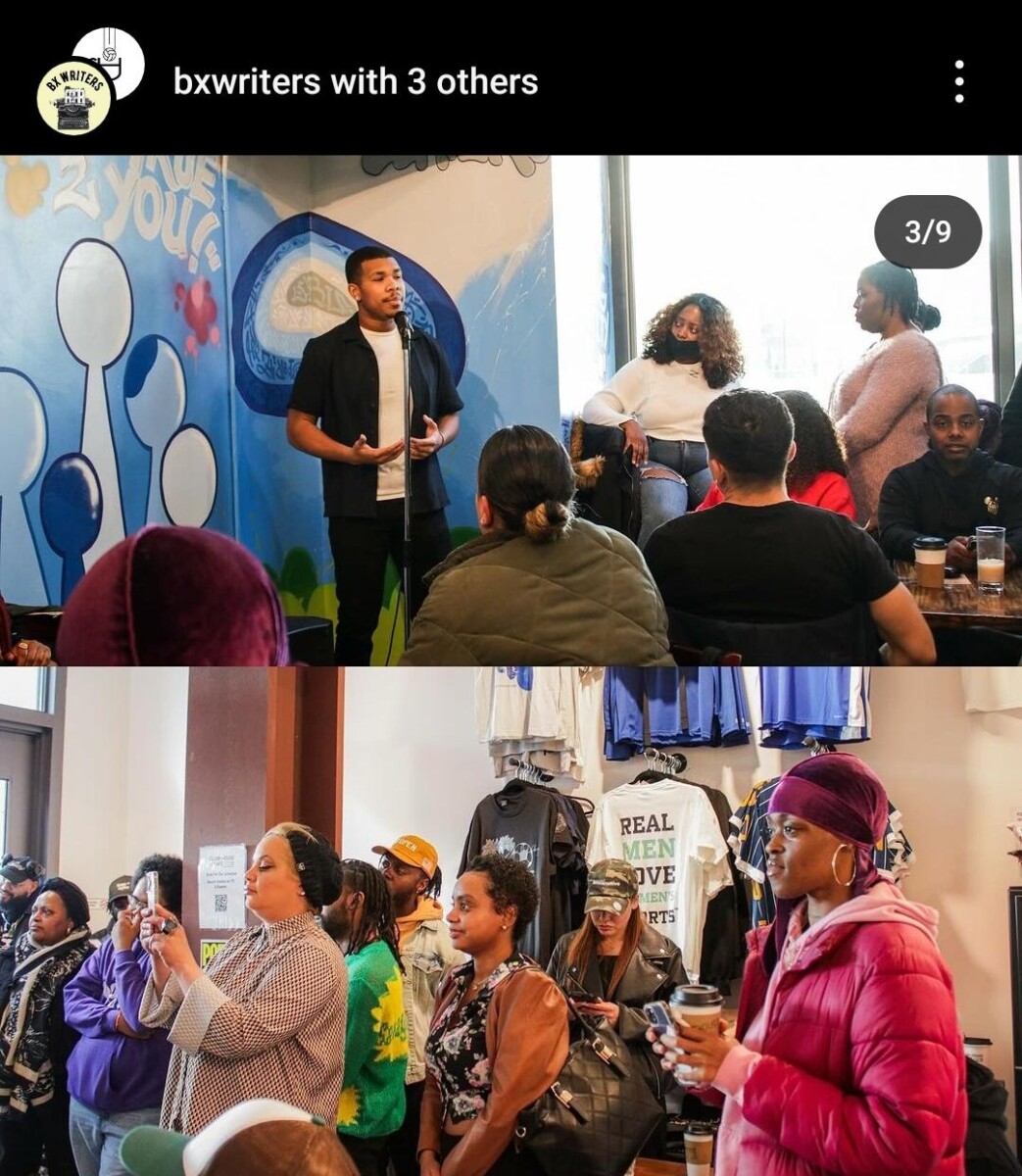
Adobe Portfolio Networking Event
I recently visited an Adobe Portfolio Review networking Event. I was proud to see many of my fellow classmates had attended to get new insight and better their online presence. There were 4 rows in the front with different panels and each with a different designer at the end. Some of the focuses included were UX UI, Illustration, Graphic Design, and Web Design. I found it quite simple to Network. I met a few people from other schools who also were majoring in Communication Design. They each had pretty impressive websites and I was able to find much more services to expand my horizon and learn more about different creatives. It was definitely worth the trip. (especially cause of the cool tote bag). When it came down to it my friends and I found people that we plan on working with this summer. I look forward to seeing what we can bring into the world.
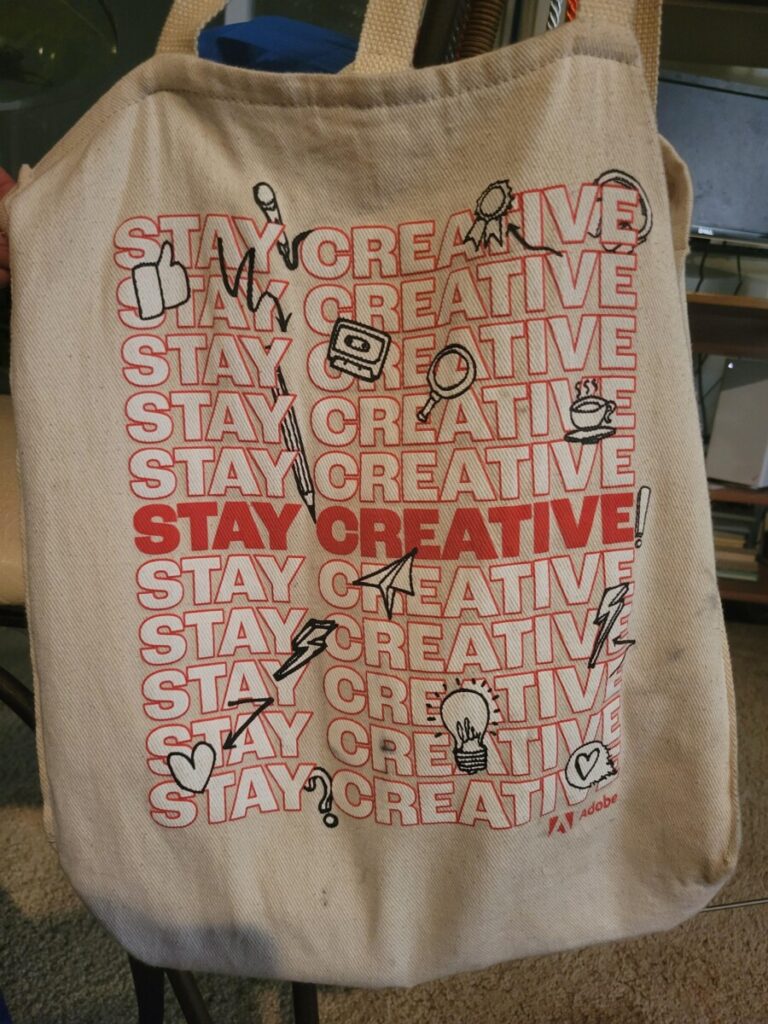
Ethic Response 2
If I’m in this position I’d be transparent with my clients. It’s understandable that they’ve become married to this specific artist’s artstyle. It’s not something that’s uncommon, we all have our favorite artists. However the fact still remains that each and every artist has a reputation to uphold. If I as a freelancer create work that’s practically identical to his without his consent it could make things much worse than if I simply asked for his permission. For example, in this scenario I’m simply the person who works on the logo, and let’s say I create the logo without batting an eye or asking for permission. If suddenly something shady goes on with the business or garners a bad rep, people who are familiar with this artist’s work may make a connection and come to negative conclusions about who he associates himself with. Or another example could be that, what if this artist only does work for companies that support environmental safety and that’s is MO. by practically mimicking his style I could potentially confuse his audience and make things a headache for him. So, to conclude, no I won’t dive straight into the project. I’d ask the designer if I have his permission to embody the likeness of his work in that way for these people and then we’ll move forward from there. I’d make sure that despite them more than likely being disappointed with the delay, that at the end of the day we do the right thing for everyone.

Ethic Response 1
In this position, I would not release a story for multiple reasons. Firstly, though this person may have seniority and a high position in the company, he is not my boss nor the person who hired me. Secondly, I’m fully aware that the company has a “long history of strong reporting and careful fact-checking”. Any error that may occur from a lack of proper review, or from rushing the release in general would fall onto me, not the person who demanded this work from me. This could potentially harm the company’s reputation, worsen sales and lessen the respect it has in the community. Third, I’d be putting myself in a compromising position because if and when things do go awry there are no documents nor emails (basically no proof) stating that I was given these orders. So when something does happen that could affect the company badly, there’s nothing stopping this Executive News editor from making me a scapegoat despite him being the one who so passionately pushed for the work to be released. Lastly, I promptly run this situation by my actual boss and find out if he or she knows about this person’s behavior and see if there is a pattern, or simply if they are aware of this “trend” so to speak. All in all, I’m definitely not carrying out this task unless it’s specifically greenlit by my boss, and secondly I plan to take the proper steps to ensure things are run how they’re supposed to be.

Mentor and Colleague
When I first entered Rebel Tattoo everyone welcomed me with open arms. I realized quickly that this would be a place where I could communicate with my fellow man with ease. But someone in particular stood out. A good friend and colleague of mine named Tre. He was a great mentor and he looked out for me from the jump. I knew that there were politics involved in the shop and he made sure that I understood the different nuances of the dynamics and where I fit into the role. Each and every day Tre would make sure to check in on me and give me insight not only into the tattoo world but the world as a whole. Something I immediately noticed was how Tre interacted with his clientele. Each and every one of them engaged in conversation with him so well and he made them feel at peace. Something that can attest to that is the fact that most if not all of his clients would eventually fall asleep in his chair, which is saying something given the reputation tattoos have for pain. It’s been really amazing to learn from him as he grows and becomes a better artist. I’m glad to have him in my corner and I honestly can’t wait to learn more from him.
